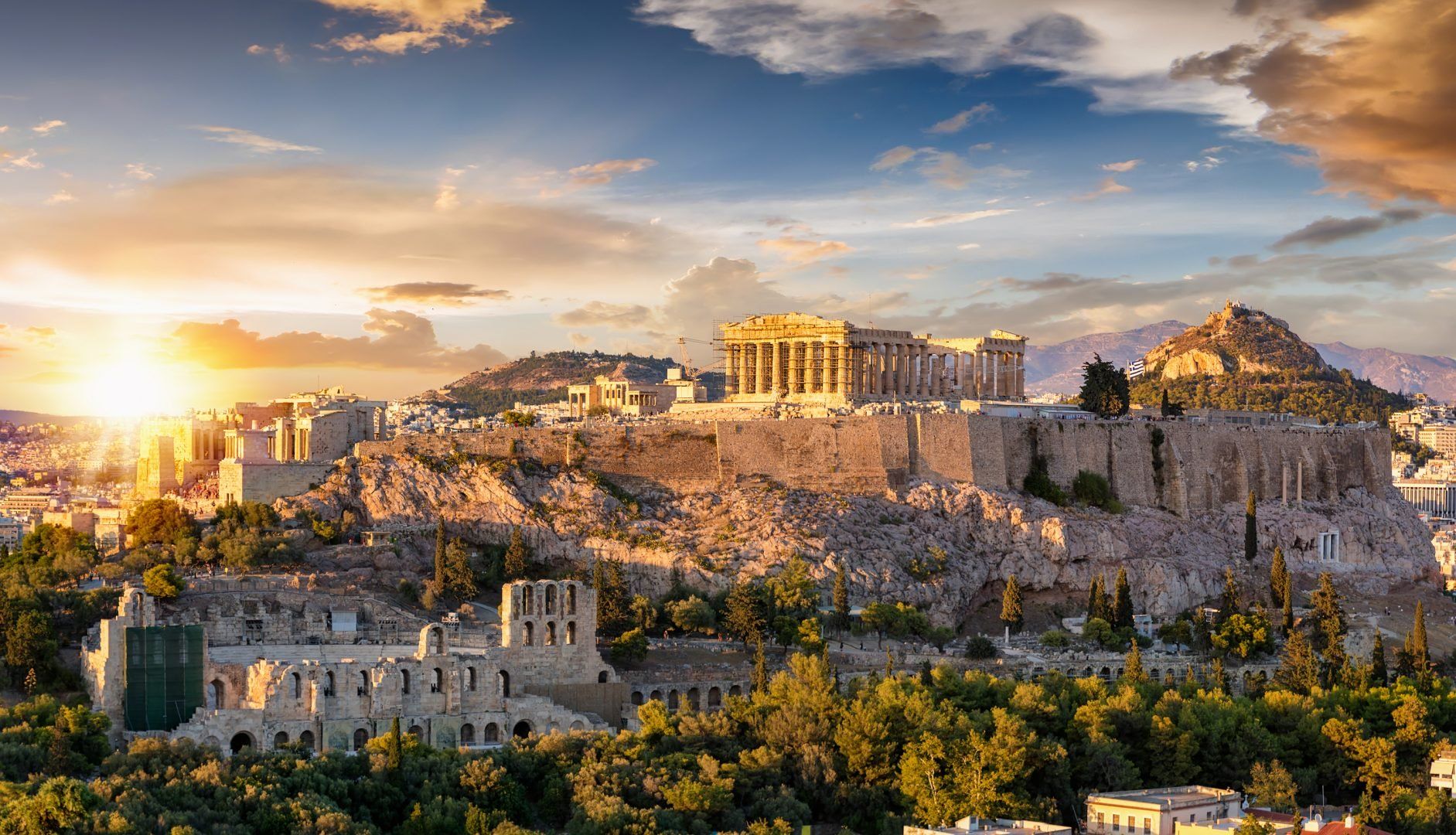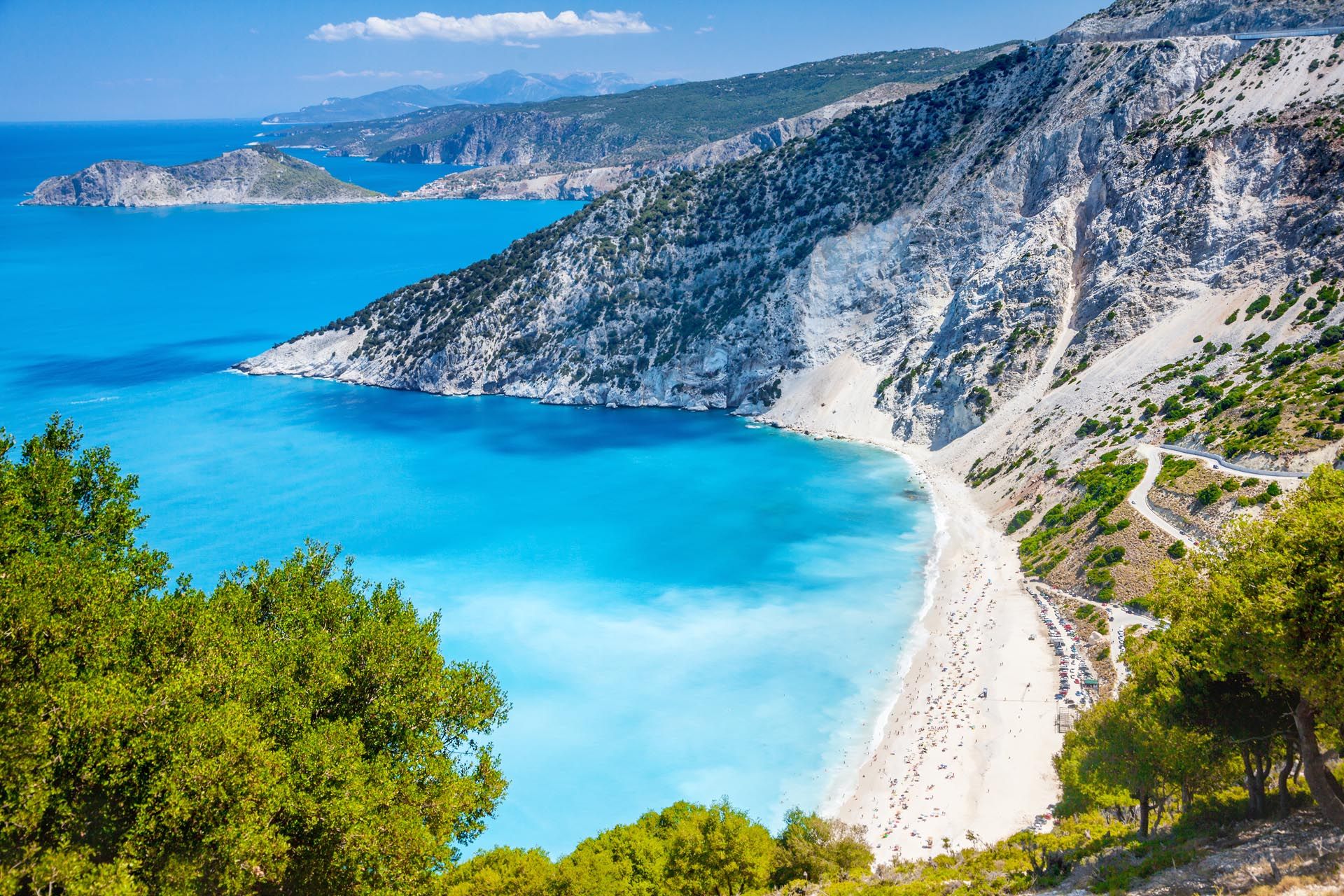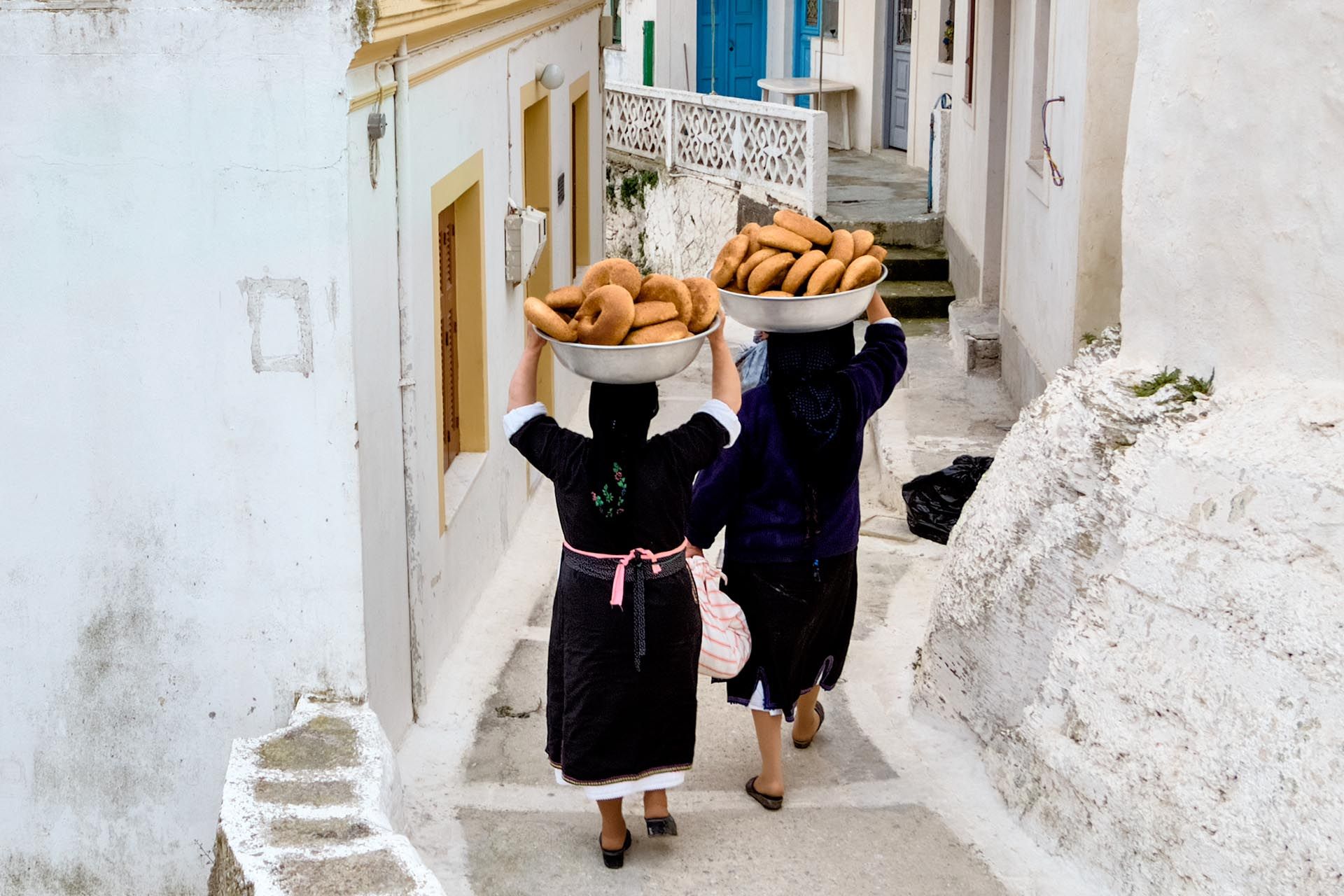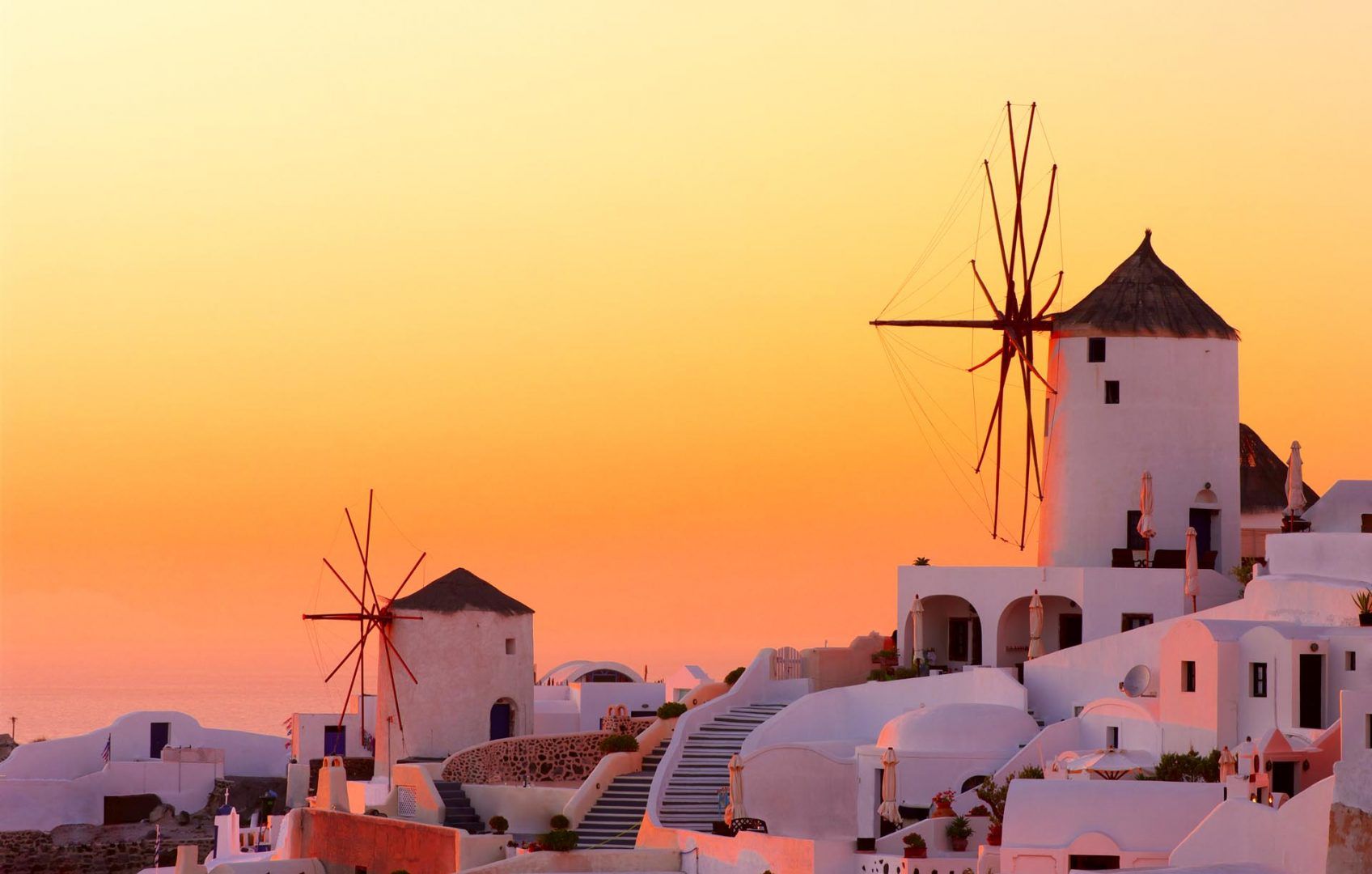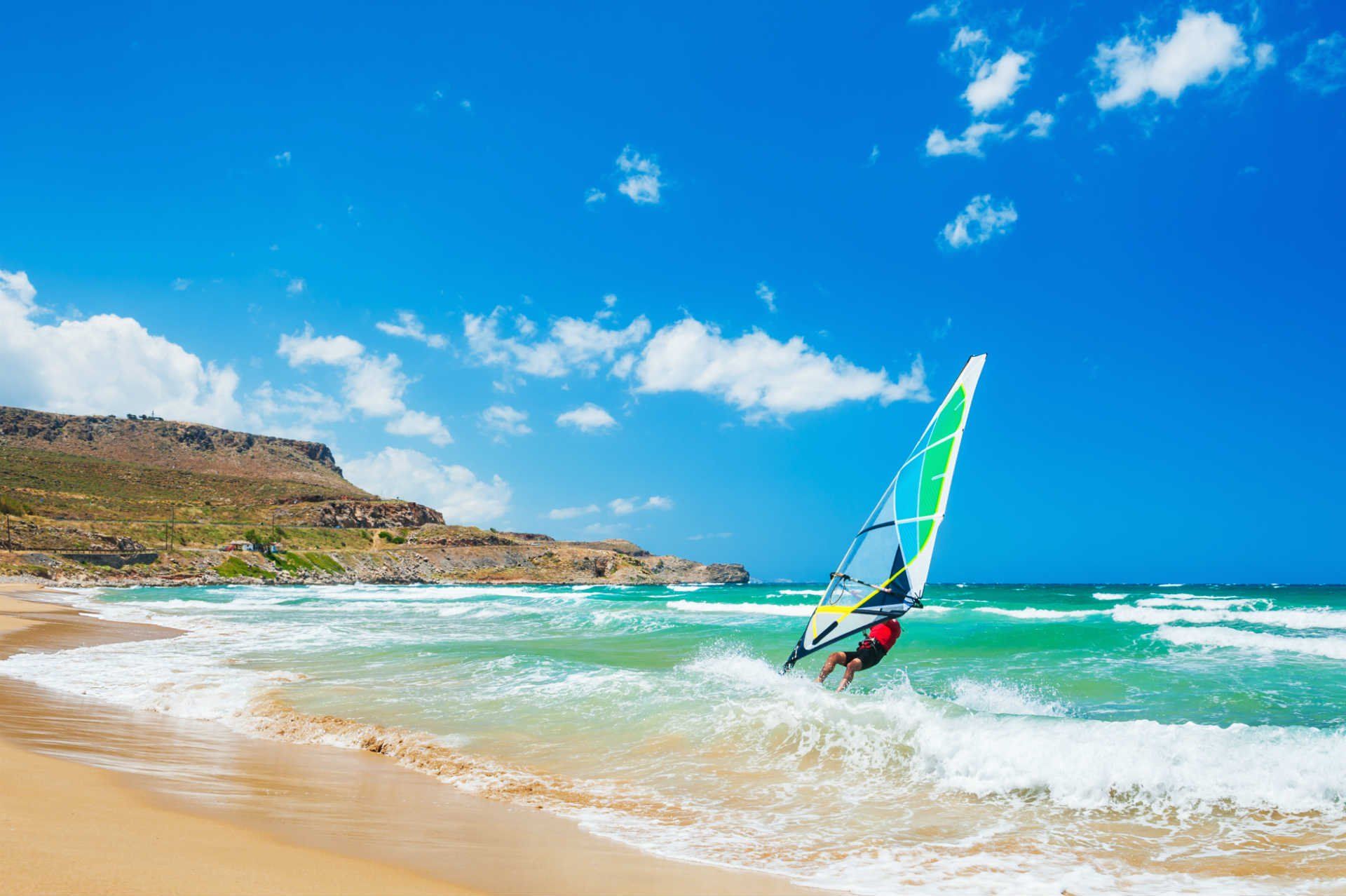Festival calendar by month
January – March
Jan 1: New Year’s Day (Protokhroniá) In Greece this is the feast day of Áyios Vassílios (St Basil).
Jan 6: Epiphany (Theofánia/Tón Fóton) Marks the baptism of Jesus as well as the end of the twelve days of Christmas.
Carnival (Apokriátika) Festivities span three weeks, climaxing during the seventh weekend before Easter. Pátra Carnival, with a chariot parade and costume parties, is one of the largest and most outrageous in the Mediterranean. Interesting, too, are the boúles or masked revels which take place around Macedonia (particularly at Náoussa), Thrace (Xánthi), and the outrageous Goat Dance on Skýros in the Sporades. The Ionian islands, especially Kefaloniá, are also good for carnival, as is Ayiássos on Lésvos.
Clean Monday (Kathará Dheftéra) The day after Carnival ends and the first day of Lent, 48 days before Easter, marks the start of fasting and is traditionally spent picnicking and flying kites.
March 25: Independence Day and the feast of the Annunciation (Evangelismós) Both a religious and a national vacation. Military parades and dancing celebrate the beginning of the revolt against Ottoman rule in 1821, and church services honor the news given to Mary that she was to become the Mother of Christ. There are major festivities on Tínos, Ýdhra and any locality with a monastery or church named Evangelístria or Evangelismós.
April – June
Easter (Páskha):The most important festival of the Greek year. The island of Ýdhra, with its alleged 360 churches and monasteries, is the prime Easter resort; other famous Easter celebrations are held at Corfu, Pyrgí on Híos, Ólymbos on Kárpathos and St John’s monastery on Pátmos. Good Friday and Easter Monday are also public vacations.
April 23: The feast of St George (Áyios Yeóryios) St George, the patron of shepherds, is honoured with a big rural celebration, with feasting and dancing at shrines and towns. If it falls during Lent, festivities are postponed until the Monday after Easter.
May 1: May Day (Protomayiá) The great urban vacation when townspeople traditionally make for the countryside to picnic and fly kites, returning with bunches of wild flowers. Wreaths are hung on their doorways or balconies. There are also large demonstrations by the Left for Labor Day.
Whit Monday (Áyio Pnévma) Fifty days after Easter, sees services to commemorate the descent of the Holy Spirit to the assembled disciples. Many young Greeks take advantage of the long weekend, marking the start of summer, to head for the islands.
June 29 & 30: SS Peter and Paul (Áyios Pétros and Áyios Pávlos) The joint feast of two of the more widely celebrated name days
July – August
July: Ippokrateia Festival; Kos
July: Réthymnon Wine Festival
July 17: Feast of St Margaret (Ayía Marína) A big event in rural areas, as she’s an important protector of crops.
July 20: Feast of the Prophet Elijah (Profítis Ilías) Widely celebrated at the countless hilltop shrines of Profítis Ilías. The most famous is on Mount Taïyetos, near Spárti, with an overnight vigil.
July–Aug: Sáni Jazz Festival; Halkidhikí
Aug: Lefkádha Arts and Folklore festivals
Aug 6: Transfiguration of the Savior (Metamórfosis toú Sotíros) Another excuse for celebrations, particularly at Khristós Ráhon village on Ikaría, and at Plátanos on Léros. On Hálki the date is marked by messy food fights with flour, eggs and squid ink.
Aug 15: Assumption of the Blessed Virgin Mary (Apokímisis tís Panayías) This is the day when people traditionally return to their home village, and the heart of the vacation season, so in many places there will be no accommodation available on any terms. Even some Greeks will resort to sleeping in the streets at the great pilgrimage to Tínos; also major festivities at Páros, at Ayiássos on Lésvos, and at Ólymbos on Kárpathos.
Aug 29: Beheading of John the Baptist (Apokefálisis toú Prodhrómou) Popular pilgrimages and celebrations at Vrykoúnda on Kárpathos.
September – December
Sept 14: Exaltation of the Cross (Ípsosis toú Stavroú) A last major summer festival, keenly observed on Hálki.
Sept 24: Feast of St John the Divine (Áyios Ioánnis Theológos) Observed on Níssyros and Pátmos, where at the saint’s monastery there are solemn, beautiful liturgies the night before and early in the morning.
Oct 28: Óhi Day A national vacation with parades, folk dancing and speeches to commemorate prime minister Metaxas’ one-word reply to Mussolini’s 1940 ultimatum: Ohi! (“No!”).
Dec 6: Feast of St Nicholas (Áyios Nikólaos)
Dec 25 & 26: Christmas (Khristoúyenna) If less all-encompassing than Greek Easter, Christmas is still an important religious feast, one that increasingly comes with all the usual commercial trappings: decorations, gifts and alarming outbreaks of plastic Santas on rooftops.
Dec 31: New Year’s Eve (Paramoní Protohroniá)
